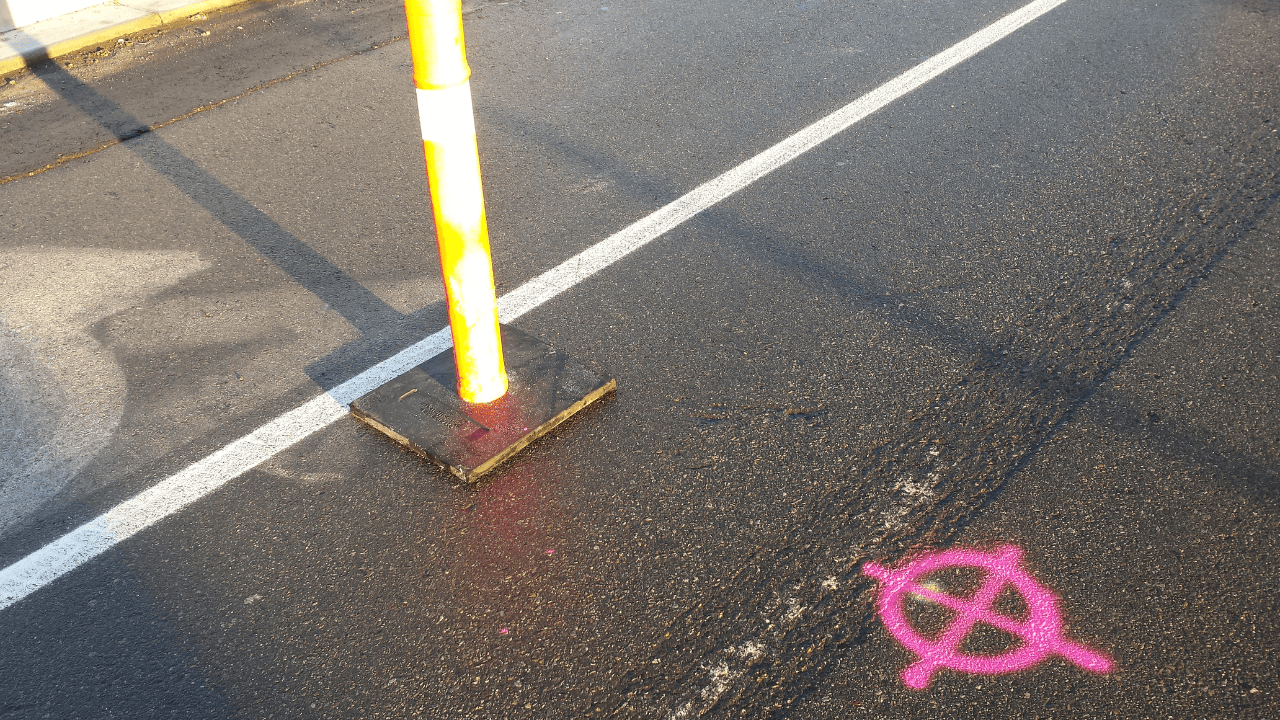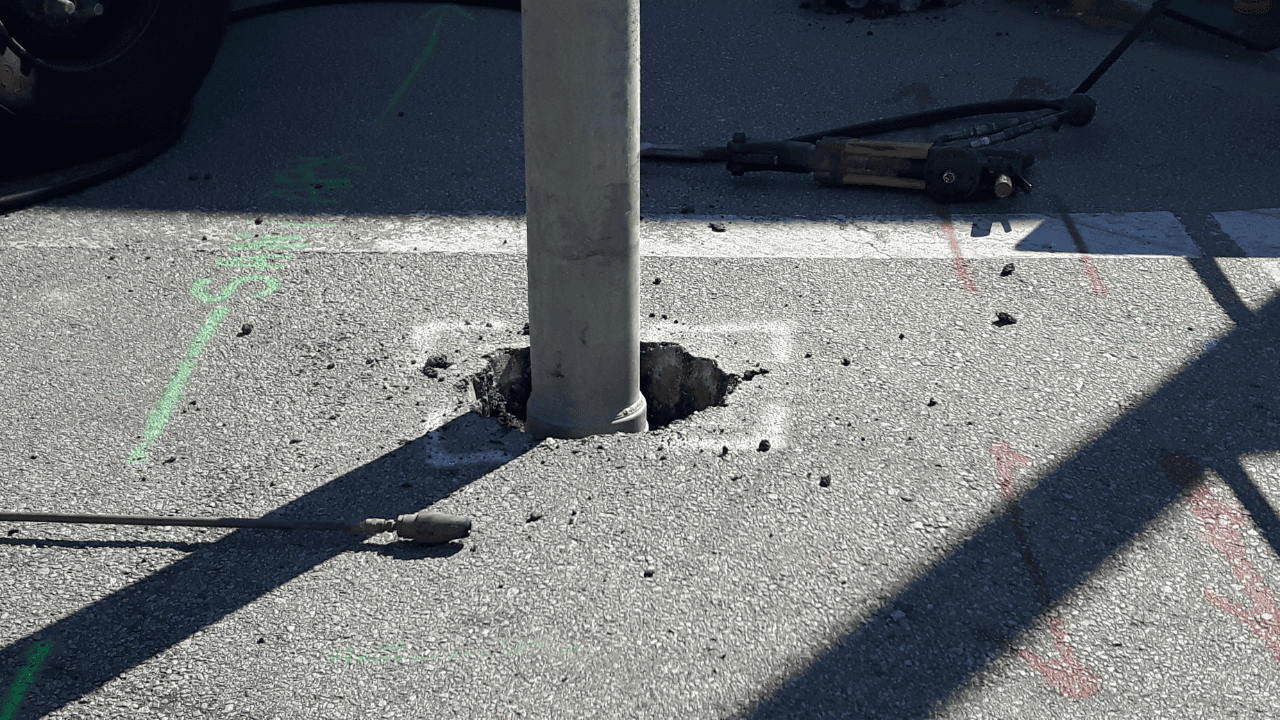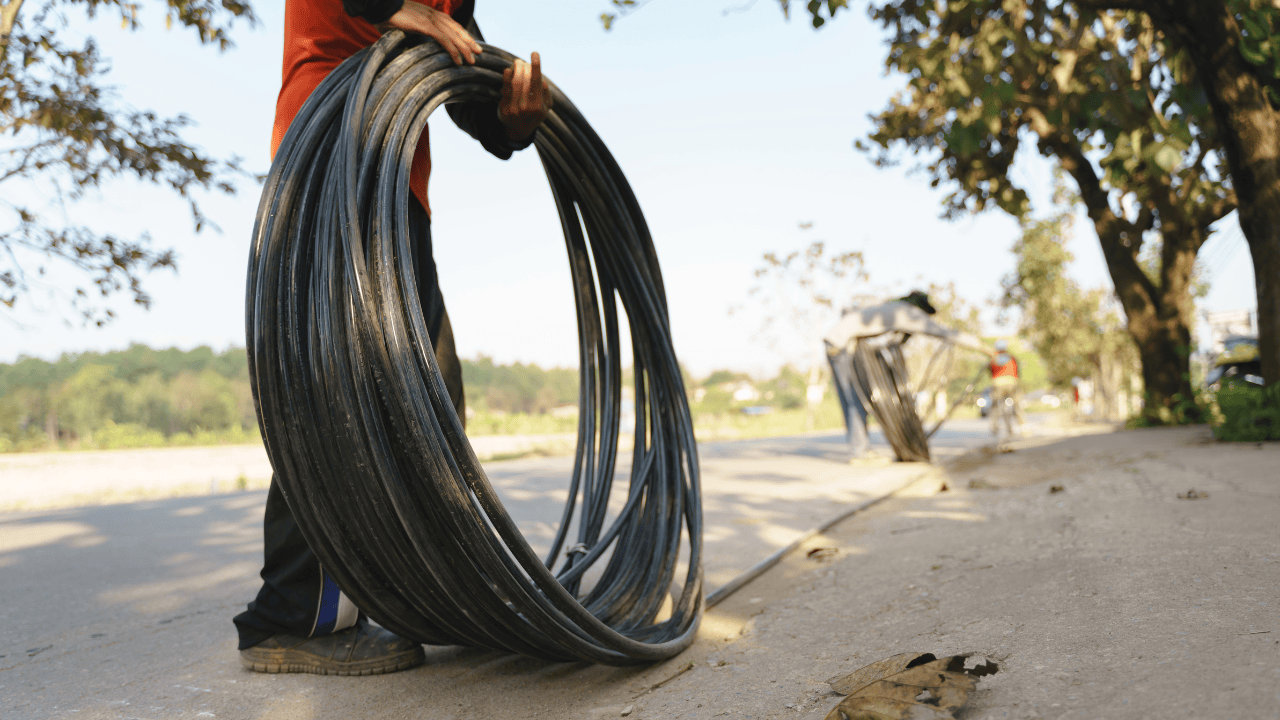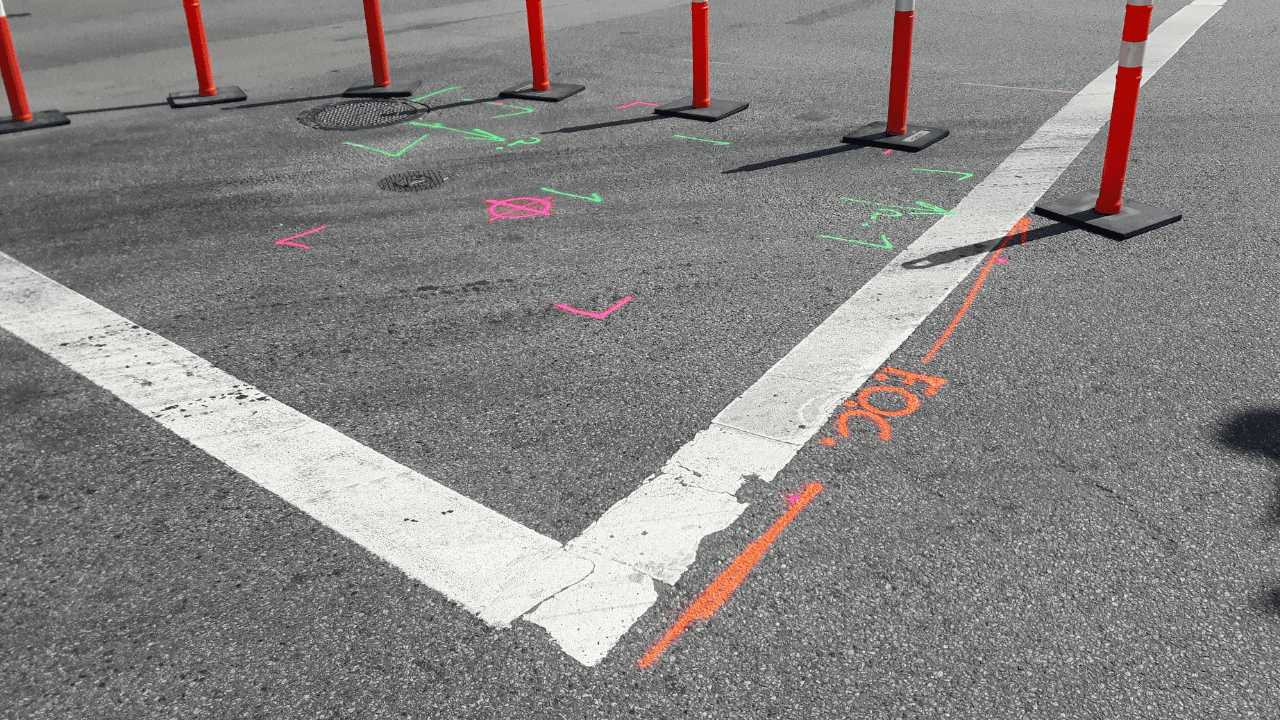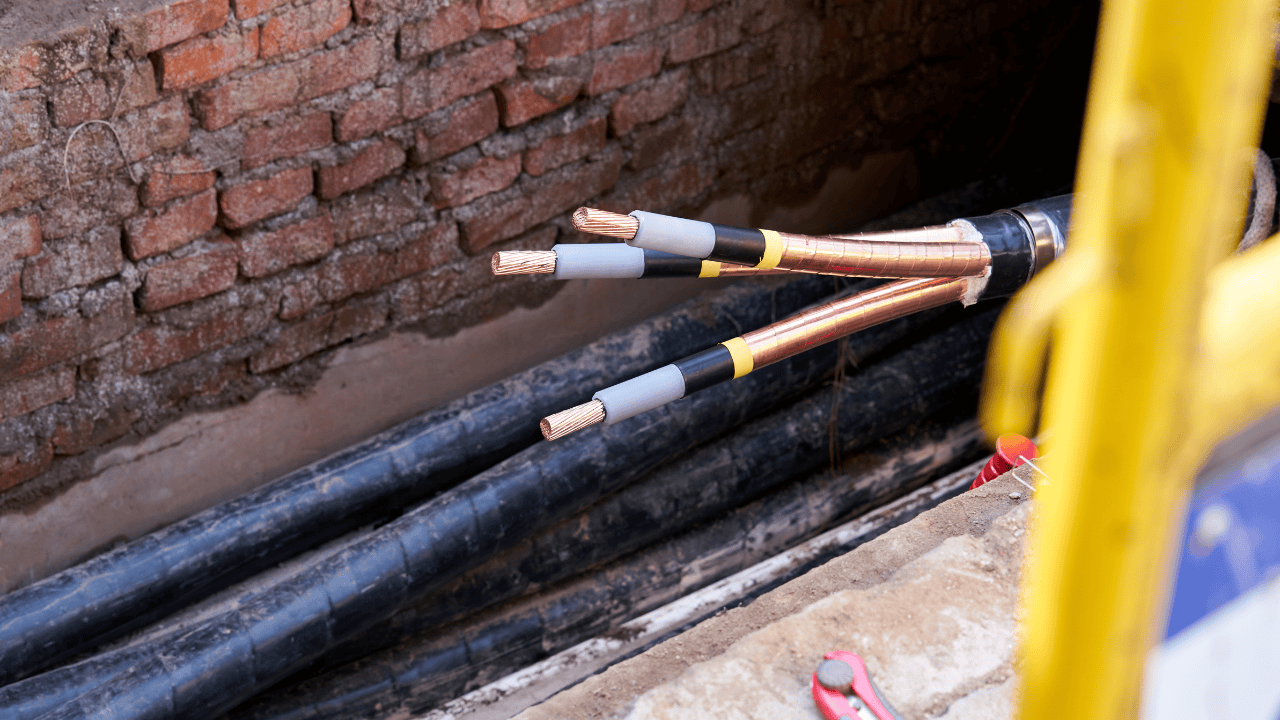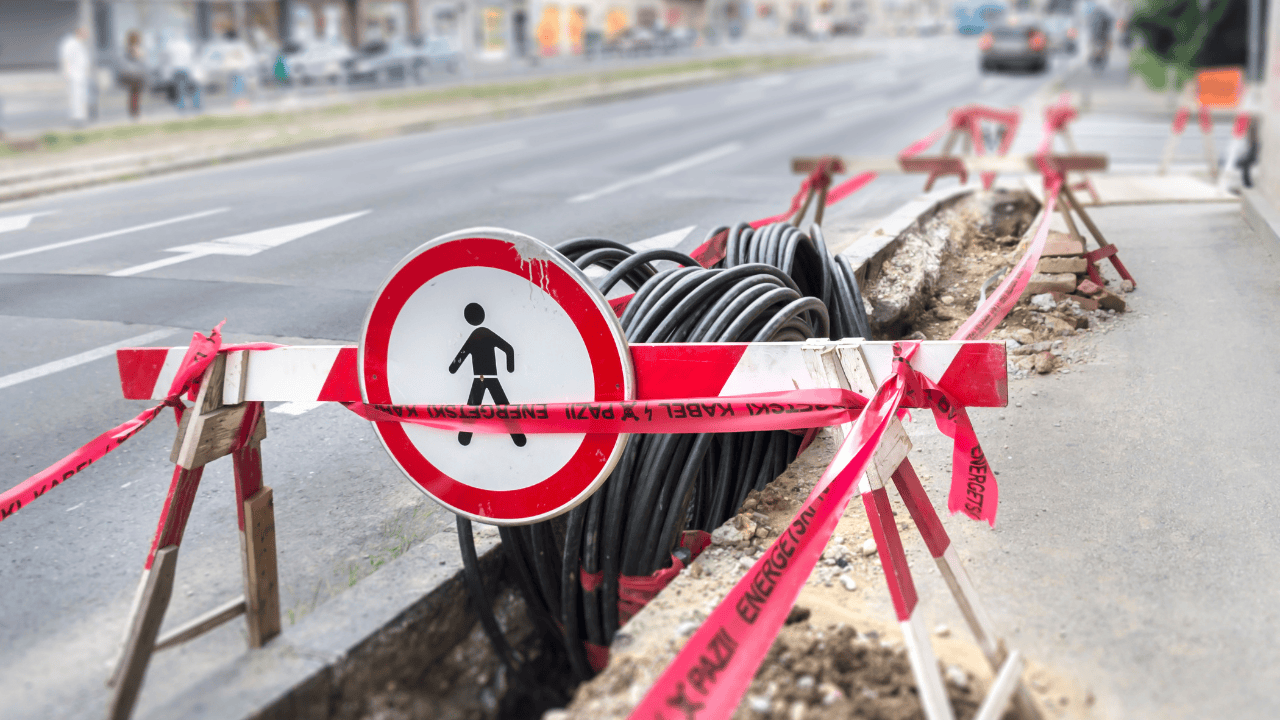Key Takeaways
- Precise utility locating is crucial to preventing costly project delays and unexpected hazards, ensuring a smooth construction process.
- Accurate power line detection helps construction teams avoid accidental strikes, minimizing repair costs and operational interruptions.
- Advanced tools like ground-penetrating radar (GPR) significantly improve the accuracy of underground utility locating, enabling efficient project planning.
- Implementing best practices, such as cross-verifying utility maps and preparing contingency plans, is essential for successful utility locating on construction sites.
- Embracing technology, including AI advancements, will further enhance the efficiency and safety of utility locating, paving the way for smoother and more predictable project outcomes.
Before breaking ground, locating underground utilities is crucial. Identifying the exact positions of power lines and other buried infrastructure prevents costly mistakes, delays, and safety risks. With precise utility locating, contractors can plan confidently, minimizing accidents and expensive rework.
Today’s projects rely on advanced tools and precise techniques to keep timelines on track and budgets intact, making accurate utility locating services an indispensable part of efficient construction.
In this article, we’ll explore the impact of utility locating on project success, covering how it prevents delays, reduces costs, and improves safety on construction sites.
Maximizing Project Efficiency Through Precise Utility Locating
Here’s how identifying underground power lines precisely can make a significant difference in project efficiency.
-
Preventing Project Delays with Precise Utility Locating
The unexpected discovery of underground lines can lead to significant delays. Accidentally striking electrical lines means the project must halt until repairs are made. However, by using accurate power line locating techniques, teams can anticipate and avoid these issues from the start.
Locating underground conduits allows construction teams to map out work areas effectively. This proactive approach minimizes the risk of delays, as teams can adapt their strategies to accommodate buried utilities without disruption. Not only does this save time, but it also keeps each step of the construction project flowing, reducing idle time.
-
Reducing Costs Through Accurate Power Line Detection
Repairing damaged power lines and addressing project interruptions can be expensive. Utility locating services eliminate these risks by offering a clear view of what’s below the surface. This saves contractors the cost of unexpected repairs and rework.
Beyond direct repair costs, utility conduit locating saves on operational costs by enabling more efficient project planning. With a clear map of underground utilities, construction teams can proceed confidently, avoiding unexpected expenses and keeping the project within budget. This approach reduces costly surprises and prevents budget overruns.
-
Improving Safety with Advanced Underground Utility Locating
Safety is a top priority on construction sites, and the accuracy of underground utility locators directly impacts it. Electrical line locating minimizes the risk of accidental line strikes, ensuring the safety of workers and nearby communities. When teams know where each utility line is, they can work around them with confidence.
This careful planning reduces the chance of accidents and injuries, creating a safer work environment. For projects involving deep excavation or complex underground layouts, investing in reliable underground utility locating is crucial to maintaining safety standards. In addition, improved safety records enhance a company’s reputation, positioning them as reliable and responsible partners in the construction industry.
The Role of Technology in Underground Utility Locating
Advancements in technology have greatly improved the accuracy of underground utility locating. Tools like ground-penetrating radar (GPR) and electromagnetic locators offer precise detection of buried utilities, even at greater depths.
These technologies create detailed maps that display the exact locations of power lines, water lines, and other underground structures, preventing any chance of error.
Using an underground utility locator can significantly improve a project’s workflow. By providing accurate data before digging begins, project teams can avoid costly errors and stay on schedule. These technologies are essential for projects in urban areas, where underground spaces are complex and densely packed with different utility lines.
As technology advances, we can expect even more refined tools that provide quicker, more accurate, and deeper readings, making construction safer and more efficient.
Challenges Faced Without Accurate Utility Locating
Without reliable underground utility locating, construction teams face multiple challenges. Unexpected discoveries of power lines or water conduits can halt work and require extensive repairs, leading to project delays.
Additionally, failing to locate electrical lines correctly can pose serious risks, endangering both workers and nearby residents.
These unanticipated obstacles lead to a ripple effect on the project’s timeline and budget. For example, unplanned downtime and emergency repair services increase project costs and compromise deadlines.
By prioritizing accurate power locating, teams can mitigate these challenges and create a safer, more predictable work environment, reducing the risk of errors and ensuring smoother project delivery.
Best Practices for Utility Locating on Construction Sites
For construction teams, implementing best practices in utility locating is crucial. Before starting any excavation, teams should confirm existing utility maps with on-site underground utility locators.
This cross-verification ensures that there are no discrepancies between mapped and actual utility locations.
Preparing for unexpected obstacles is another important practice. Teams should always have a contingency plan in case unmarked utilities are discovered. Using these best practices allows construction teams to handle unexpected situations smoothly and maintain project momentum, reducing the chance of costly delays.
Real-World Scenario: The Impact of Accurate Utility Locating
Imagine a major urban construction project requiring deep excavation in a crowded city. Without proper utility locating, the team strikes an unmarked power line. This mistake not only halts the project but also disrupts electricity for surrounding businesses, impacting their operations and customer satisfaction.
With advanced utility locating services, however, this scenario is entirely avoidable. The project team, using a combination of GPR and underground utility locators, accurately identifies all buried conduits and power lines.
This careful planning allows them to work efficiently, completing the project on time and avoiding service disruptions. Accurate utility locating in this instance saves both time and reputation, highlighting its value in urban construction projects and demonstrating how it contributes to long-term project success.
Future of Utility Locating Technology
As construction projects become more complex, so do the tools needed to handle them effectively. The integration of AI into underground utility locating is among the most promising advancements. AI technology can process vast amounts of data collected from utility locating tools, providing real-time updates and ensuring no detail is overlooked.
Similarly, enhanced GPR and electromagnetic systems are becoming more sensitive and reliable, allowing project teams to locate utilities more accurately. This evolution in technology not only improves efficiency but also minimizes risk, as companies can rely on data-backed precision. The future of utility locating will enable safer, faster, and more cost-effective construction, making it a vital investment for any large-scale project.
Guarantee Project Success with Reliable Utility Locating Solutions
By partnering with Util-Locate, ensure every construction project is completed smoothly, safely, and on schedule.
Our precise underground utility locating services in California help you avoid costly delays, enhance on-site safety, and keep your budget intact.
Don’t leave your project’s success to chance—trust our team and technology for accurate, reliable locating solutions that set the foundation for efficient project execution. To invest in your project’s success, contact Util-Locate!

